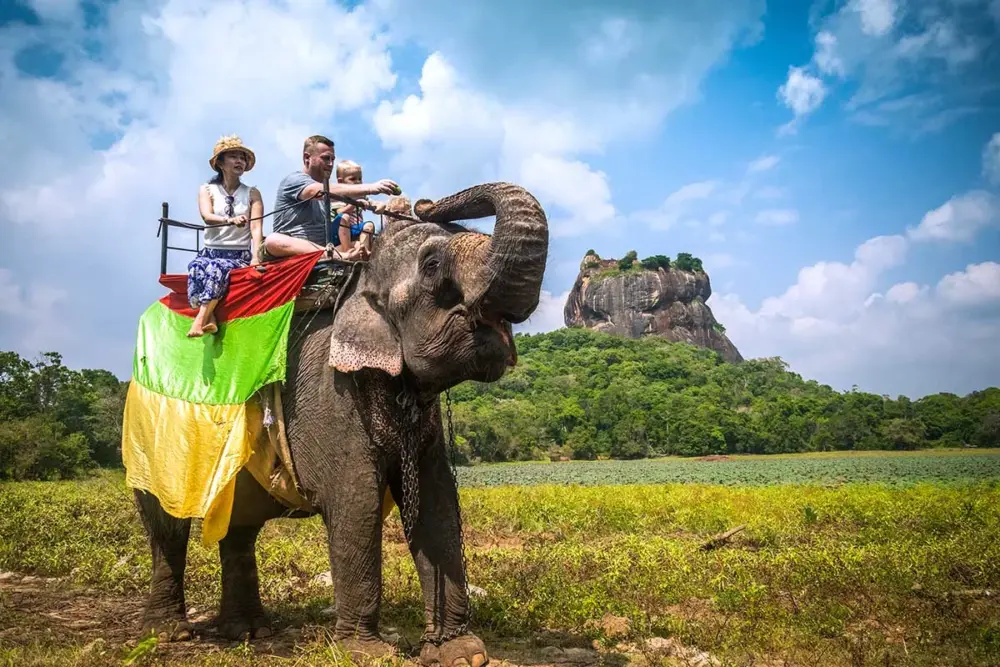
Vibrant beaches, secluded nature and rich history: Sri Lanka offers an unforgettable experience for every traveller
Read more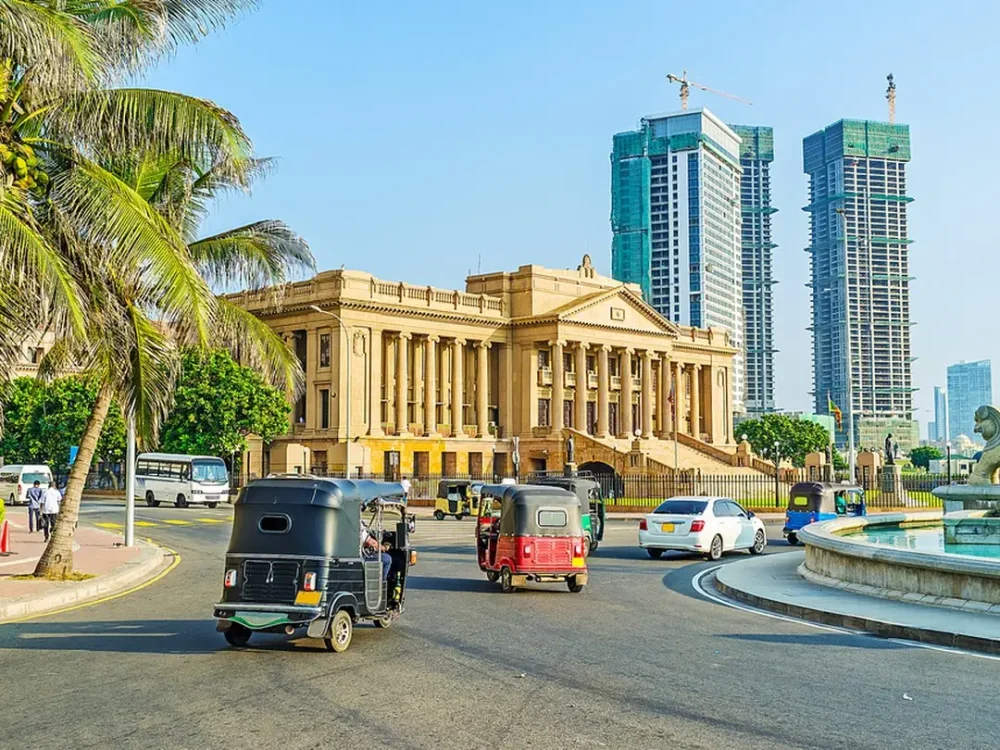
The heat of Ceylon is not a privilege. Holidays in Sri Lanka have long gone beyond all-inclusive with a price tag of half your annual income. Where to have an inexpensive holiday in Sri Lanka and still get service with jewellery precision, beaches without crowds and comfort without compromise – the question remains alive and …
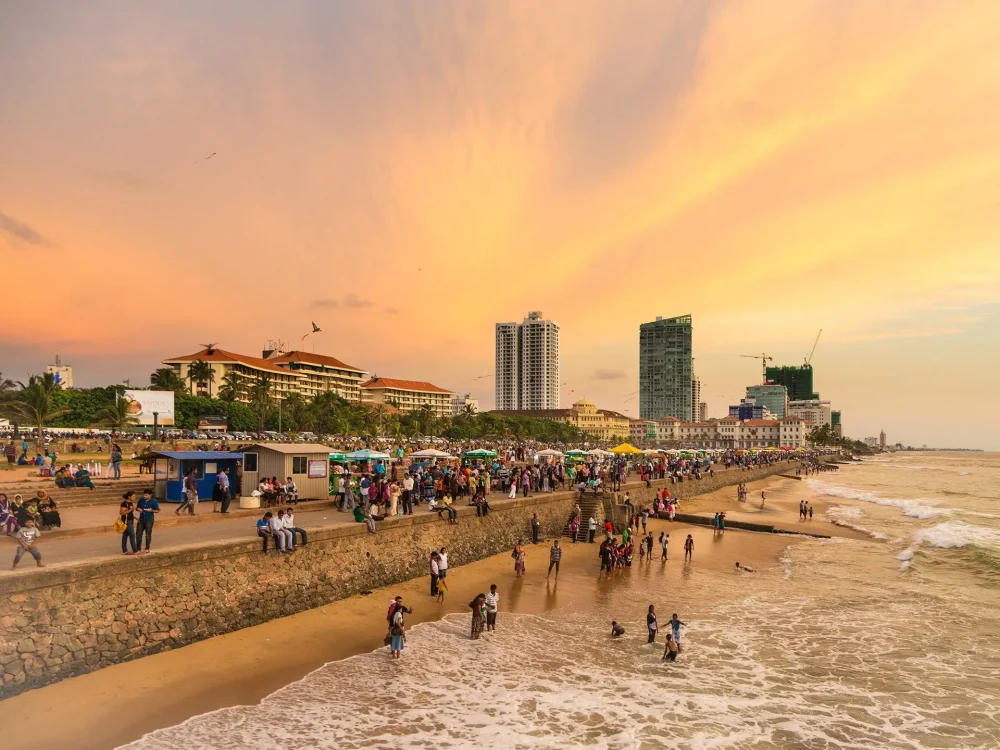
A tropical metropolis with a colonial past, a business capital and a cultural centre at the same time. The peculiarities of the Colombo resort in Sri Lanka make it exceptional even among the exotic destinations of Southeast Asia. The city combines Buddhist traditions, European architecture and oriental flavour. Modern skyscrapers neighbour ancient temples, and on …
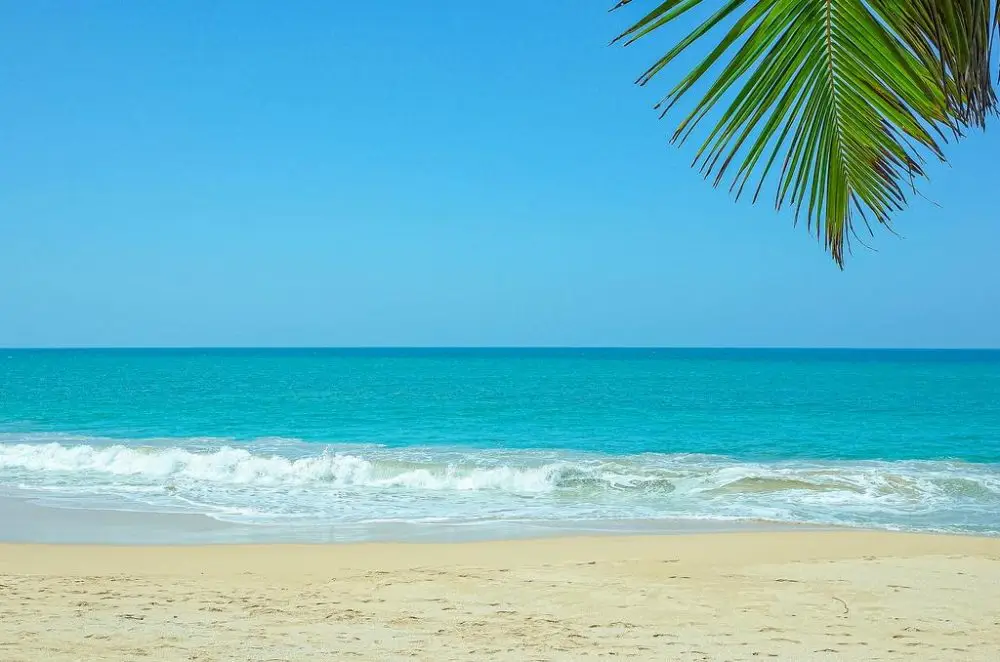
Sri Lanka is a picturesque landscape of white sand and coconut palms, and is also an ideal destination for those looking for a relaxing beach holiday. While many of the island’s resorts attract surfers with powerful waves, there are many secluded coves and bays that are quiet and peaceful. In this article, we have compiled …
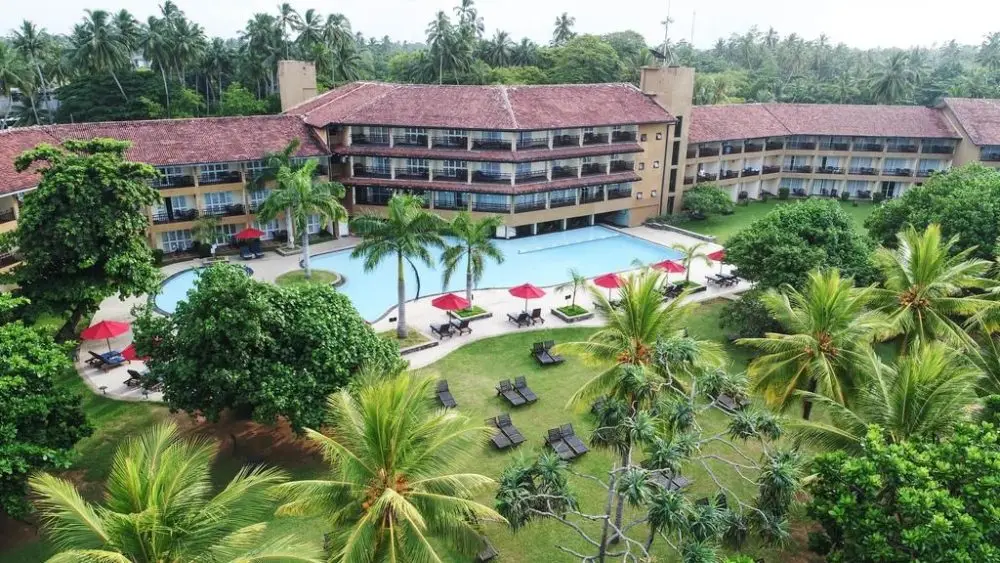
Budget holidays in Sri Lanka remain consistently popular due to the combination of mild climate, picturesque beaches and affordable prices. Ceylon annually attracts tourists who are ready to combine comfort with economy. Among the many offers it is easy to find cheap hotels in Sri Lanka, which offer a decent level of service, cosy rooms …
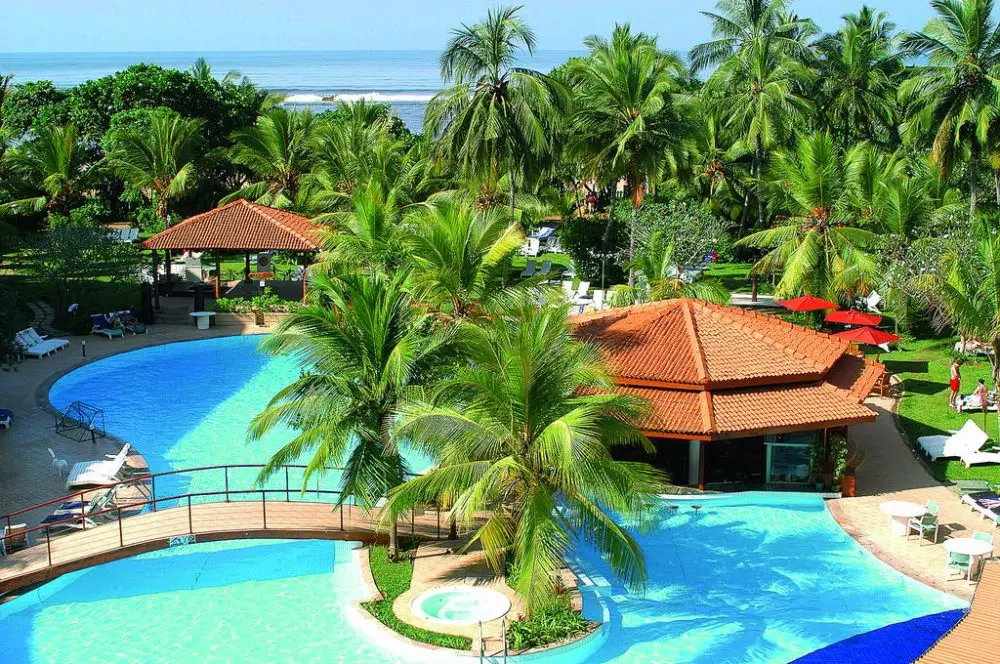
Ceylon beckons tourists with its endless beaches, warm ocean, the colour of the tropics and ancient temples. It is quite realistic to organise a budget holiday here without loss in quality. Inexpensive hotels in Sri Lanka demonstrate a high level of service, offer cosy rooms and favourable location at a moderate cost of accommodation. With …
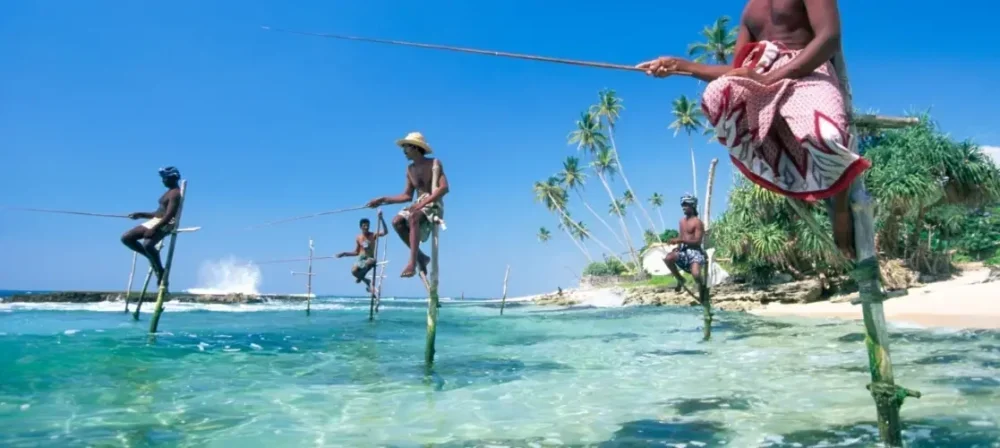
Golden beaches, mountain ranges, verdant plantations, bustling markets and temples lost in the clouds form a unique canvas that begs the legitimate question: is it worth travelling to Sri Lanka? The answer requires a clear, rich and authentic picture based on facts, economics and the lived experience of tourists, rather than abstract raptures. Is it …
The pleasant water temperature all year round allows you to enjoy
Sri Lanka is home to many historical monuments and temples
A great place for those who want to experience wildlife
Sri Lanka offers many opportunities for active holidays
Exotic beaches, amazing nature and ancient temples - Sri Lanka invites you to a unique journey full of vivid impressions and adventures. Here you will find not only relaxing days on the beach, but also exciting safaris, fascinating excursions to historical monuments and many active holidays. This island will give you harmony, culture and nature in one incredible journey
